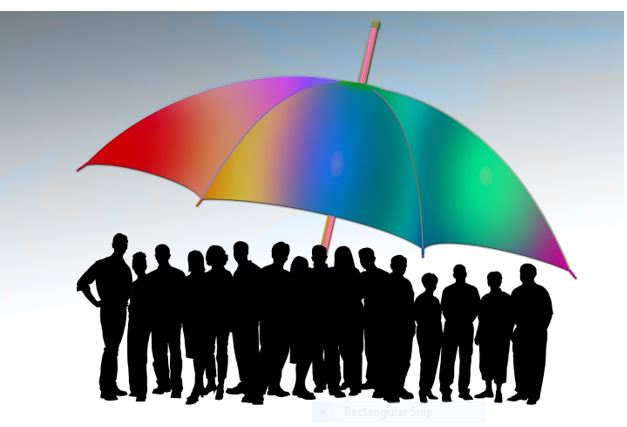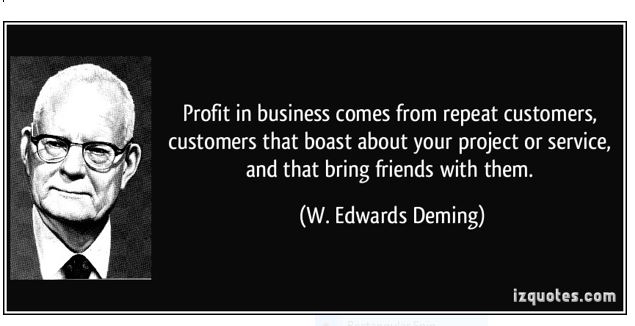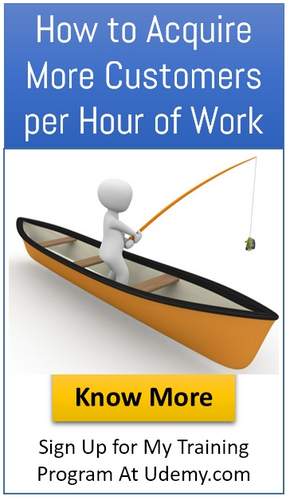Customer Acquisition Cost
Customer Acquisition Cost is the cost associated in convincing a customer to buy a product/service. This cost is incurred by the organization while convincing a potential customer. This cost is inclusive of the product cost as well as the cost involved in research, marketing, and accessibility costs.
‘Dividing the total costs associated with acquisition by total new customers, within a specific time period’- This is customer acquisition cost.

Quote
“To be an entrepreneur requires great optimism, and a very strong belief in how much customers will love your product. Unfortunately, this same attribute can also lead entrepreneurs to believe that customers will beat a path to their door to purchase the product. This frequently causes them to grossly underestimate the cost it will take to acquire customers.”
Customer Acquisition Cost- Significance for Startups

All startups have to acquire customers. Initially their close network assists in acquiring customers. Probably the investment is only time of the startup team and the cash resources required are very minimal.
The need to go to market for continuous acquisition of customers will need promotion strategies like advertising, cold calls or potential customer meets. The cash requirements will vary depending on the promotion strategy. Further, dedicated employees may be required to be added either for follow-up or coordination among the team.
The startups who have invested moderate cash upfront (bootstrapped) to acquire assets need quicker cash cycle and minimal lead time to convert potential to paying customers.
Customer Acquisition Cost- Achilles Heel
The underestimation of costs for acquiring customers can become Achilles Heel and create a panic situation in the organization. Overspending to acquire customers can also lead to failure of business. This can be due to a product or service not solving the pain points of the customer.
Common Fallacies
Build it - Customers Will Come
Mine is better than competitors- Customers will flock to buy
Brand Promotion is not necessary as they are catering only to local area
Confident due to huge social media presence
Online websites require very little marketing efforts
Underestimating product return costs
Unequal focus on acquiring and retention of customers
Underestimating Competitors Strategies and cash resources
Everyone is my customer syndrome- leading to higher costs of acquisition
Inability to retain customers; cost of acquiring new customers is 7 times higher
Poor Lead generation strategies as the conversion could vary from 10-30%
Recommended Book
Understanding Customer Acquisition: An Entrepreneur's Essential Guide to Creating a Customer Acquisition Strategy and Understanding the Cost to Attract New Customers- Phillip StantonUnderstanding Customer Acquisition: An Entrepreneur's Essential Guide to Creating a Customer Acquisition Strategy and Understanding the Cost to Attract New Customers- Phillip Stanton
This book is for new entrepreneurs and small business owners who are seeking a better understanding of customer acquisition and are interested in pursuing new customers as economically and effectively as possible.
It can help startups to formulate strategy. The book can be an Entrepreneur's essential guide to creating a Customer acquisition strategy and understanding the cost to attract new customers.
Customer Acquisition Cost- Conclusion

What you measure is what you can improve. The startups have to maintain the costs as accurately as possible to calculate the customer acquisition costs.
At the launch stage the entrepreneurs have to adopt a strategy to focus only on profitable customers and not spend their energy in catering to anyone and everyone.
Customer acquisition and retention strategies should run parallel.
Customer Life Cycle cost should be worked out to assess whether after covering the costs they will still be profitable.
Love your new customers, but never forget to appreciate your old clients as well: it’s 7x more expensive to get a new customer than to retain an existing one. (Invesp)


